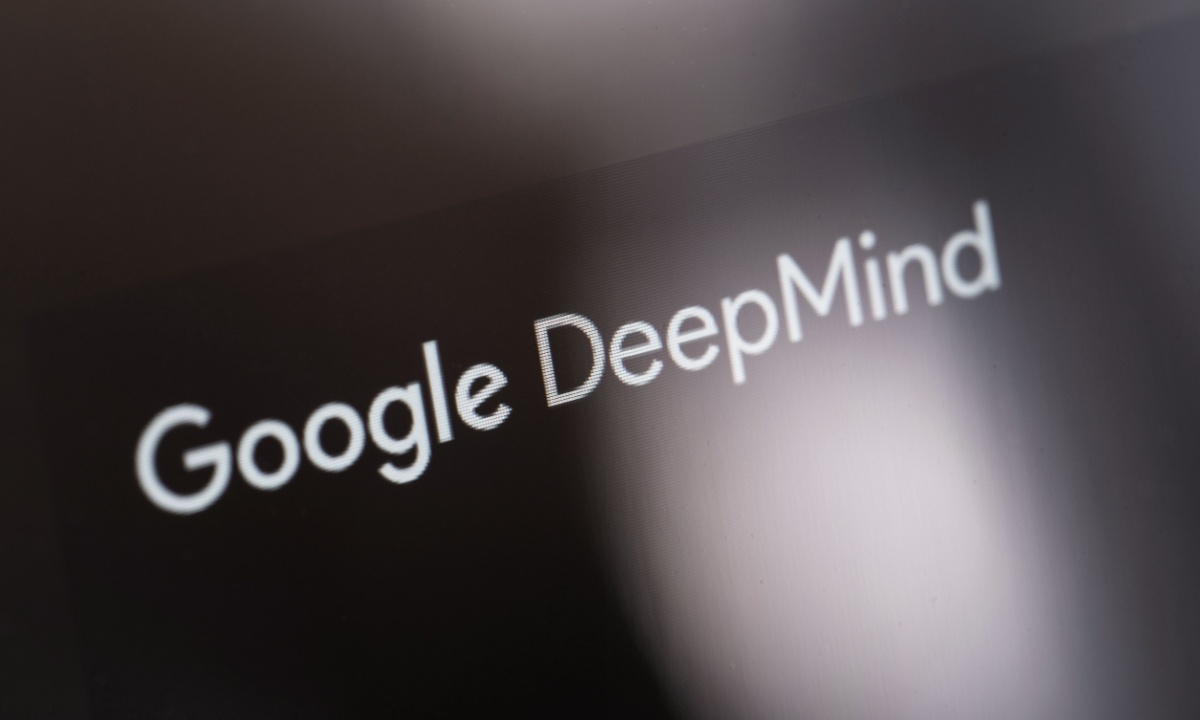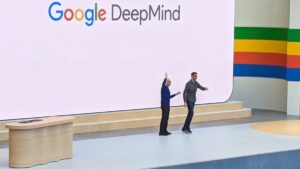Step Aside GenAI: Google Prepares for GenWorld

Google DeepMind’s New Venture into World Models
Introduction to World Models
Google DeepMind recently announced its plans to create a dedicated team focused on developing advanced generative models known as world models. This initiative aims to enhance artificial intelligence (AI) capabilities, including decision-making, planning, and creativity. World models are crucial for helping AI systems comprehend and replicate real or virtual environments. Their uses extend across various domains such as robotics, gaming, and autonomous technologies.
Applications of World Models
World models are instrumental for several applications:
- Autonomous Vehicles: These systems rely on world models to replicate traffic and road conditions, helping them navigate safely.
- Robotics: AI robots utilize these models for training in diverse environments, essential for their adaptability.
- Gaming: In gaming, world models create realistic scenarios that enhance the overall user experience.
However, a significant challenge in developing efficient world models is ensuring access to a rich and safe training environment for embodied AI.
Key Developments and Innovations
DeepMind’s recent job postings emphasized the importance of scaling AI models in the tech sector’s evolution. According to these listings, the team will focus on multiple fronts:
- Video and Multimodal Data: Scaling pretraining on these datasets is seen as essential for achieving artificial general intelligence (AGI).
- Dynamic Domains: World models will enhance capabilities in visual reasoning, real-time interactions, and planning for embodied agents.
The team will be led by Tim Brooks, who has a notable background in AI, having previously co-led the development of Sora at OpenAI, a highly acclaimed video generation model.
The Role of Genie and Genie 2
Under the umbrella of DeepMind’s initiatives, notable projects include Genie and Genie 2.
- Genie: Initially developed to create 2D worlds.
- Genie 2: An advanced iteration capable of turning text and images into interactive 3D environments. This model reacts according to user inputs while simulating complex interactions.
Genie 2 is trained on an extensive video dataset, which enables it to recognize object interactions and generate realistic animations, including physics-based behaviors. This model is particularly noteworthy because it produces narratives that can last anywhere from 10 to 60 seconds, catering to the details required in dynamic environments.
Competitive Landscape
DeepMind’s renewed focus on world models places it in direct competition with leading AI companies like OpenAI, Meta, and Microsoft. This endeavor not only enhances its existing technologies but also broadens its capabilities in serving enterprises effectively.
DeepMind has already gained recognition for its innovations, such as AlphaFold2, which made significant strides in protein structure prediction, solving a long-standing challenge in biochemistry. Moreover, it has recently explored the application of AI for social cohesion through projects like the Habermas Machine, which helps groups with differing viewpoints find common ground on contentious topics.
The Future of World Models and AI
The ongoing work at Google DeepMind, particularly in developing powerful world models, demonstrates a commitment to pushing the boundaries of AI technology. Their projects aim to make AI systems more adaptable and capable of understanding complex environments, thereby paving the way for future advancements in artificial intelligence. With significant investments from industry leaders and a focus on innovative methodologies, DeepMind continues to stand at the forefront of AI research.






